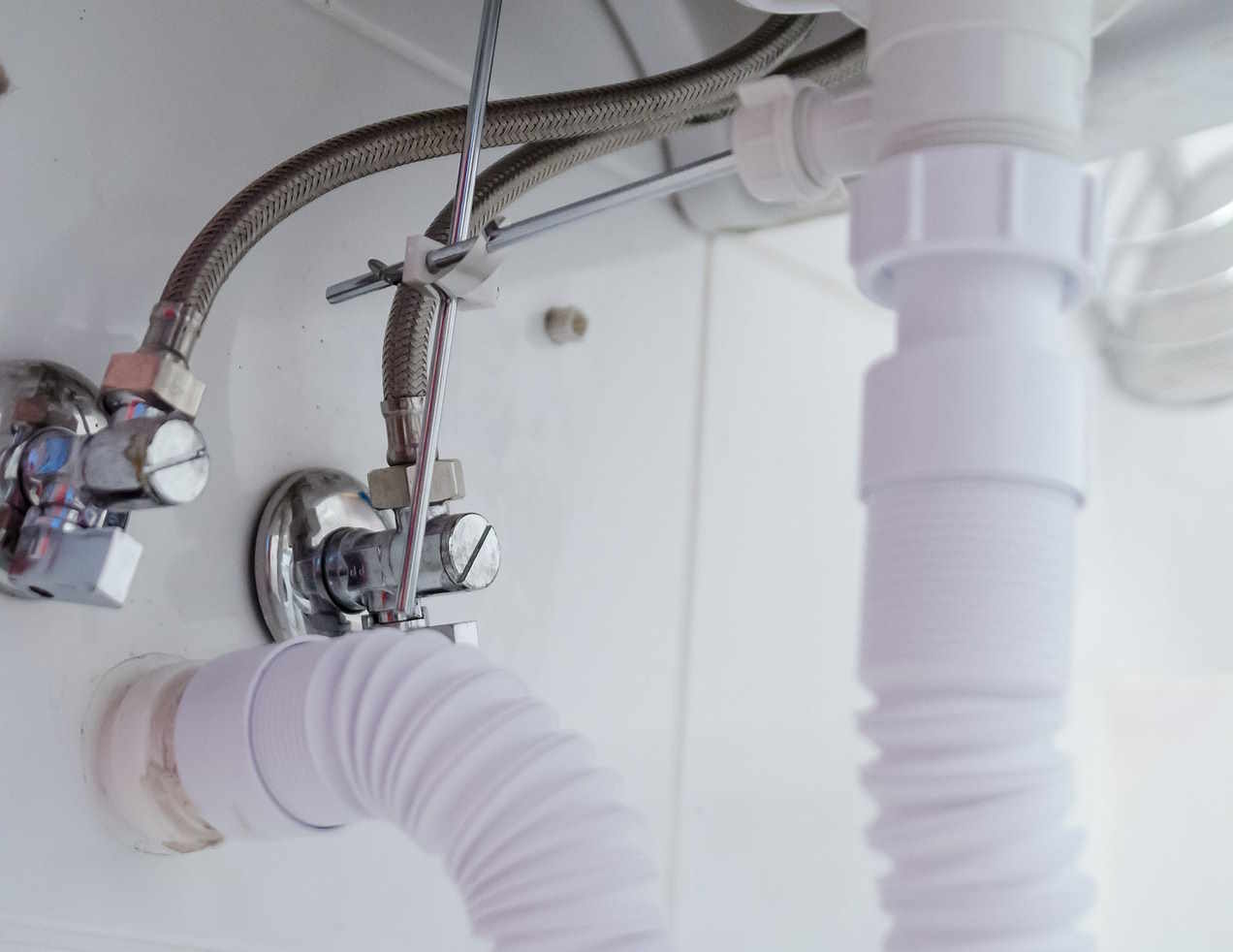Garbage Disposal: Managing Food Waste in the Kitchen
A garbage disposal can be a practical addition to many kitchens, helping reduce food waste and simplifying cleanup at the sink. This article explains how garbage disposals work, what belongs (and doesn’t) in them, and key plumbing and sink considerations. It is written for homeowners and renters seeking clear, practical information about installing, maintaining, and troubleshooting disposals and finding local services if professional help is needed.

Garbage disposal basics
A garbage disposal is an electrically powered unit mounted under a kitchen sink that grinds food scraps into small particles so they can pass through household plumbing. Disposals vary in horsepower and grinding stages; higher horsepower generally handles tougher scraps more easily. They are not intended to replace composting or waste reduction practices but can reduce the volume of food waste sent to trash. Routine maintenance, including running cold water during use and occasional cleaning, helps extend the unit’s life.
Kitchen placement and installation
Placement of a garbage disposal is typically under the kitchen sink on the drain outlet, often replacing the sink’s standard tailpiece. Installation requires matching the disposal’s mounting system to the sink flange and connecting to the household electrical or a plug-in outlet, which must meet local electrical codes. Many homeowners opt for professional installation to ensure secure mounting, proper plumbing connections, and safe electrical work. Consider the available under-sink space and the position of other fixtures when planning placement.
Handling food waste responsibly
Not all food waste is suitable for a garbage disposal. Soft, biodegradable scraps such as small fruit and vegetable peels, cooked leftovers, and coffee grounds are commonly processed, although large quantities of fibrous material can cause issues. Avoid putting fats, oils, grease, eggshells in bulk, bones, and starchy items like large amounts of potato peelings into the disposal. These can congeal, wrap around the impellers, or create clogs in the plumbing. For environmental considerations, diversions like composting or municipal organic collection can further reduce food waste sent down the drain.
Plumbing considerations and issues
A disposal interacts directly with kitchen plumbing, typically draining into a P-trap and onward to the household sewer or septic system. Regularly flushing the system with cold water during and briefly after operation helps move particles through the pipes. Persistent clogs, recurring leaks, or unusual noises can indicate worn seals, a jammed impeller, or downstream plumbing blockages; these may require inspection by a qualified plumber. When connected to a septic system, check local guidelines, as some systems need different handling or have manufacturer recommendations to avoid overloading the bacterial balance.
Sink compatibility and maintenance
Sinks made of stainless steel, cast iron, or composite materials can usually accommodate a disposal, but the sink’s thickness and flange size must match the unit and mounting assembly. Undermount sinks and drop-in sinks may require different installation hardware. Routine maintenance includes cleaning the splash guard, running cold water and the disposal after use, and periodic deodorizing with ice and citrus or mild cleaners per manufacturer guidance. Avoid chemical drain cleaners; they can damage seals and components. Inspect rubber mounts and hoses for wear during periodic checks.
Finding local services for installation
Many homeowners hire professional plumbers or installation services for disposal fitting, electrical work, or complex plumbing adjustments. National and local providers offer a range of installation and repair services, while appliance retailers often coordinate third-party installation. When choosing a provider, verify licensing, insurance, and customer reviews, and confirm whether they handle both the plumbing and electrical aspects of disposal work.
| Provider Name | Services Offered | Key Features/Benefits |
|---|---|---|
| Roto-Rooter | Plumbing repairs and appliance installation | Nationwide presence, emergency service options, licensed plumbers |
| Mr. Rooter Plumbing | Plumbing services and fixture installation | Franchise network with local branches, routine maintenance plans |
| Home Depot Installation Services | Appliance installation including disposals via contractors | Coordination through retailer, service scheduling with contractors |
| Independent licensed plumbers | Local plumbing and disposal installation | Direct local knowledge, potentially flexible scheduling and pricing |
Conclusion
Garbage disposals can simplify kitchen cleanup and help manage certain types of food waste when used and maintained correctly. Consider sink compatibility, proper installation, and plumbing requirements before adding a unit, and treat disposals as one part of a broader approach to reducing food waste. For installation or persistent problems, consult licensed local services to ensure safe, code-compliant work.






